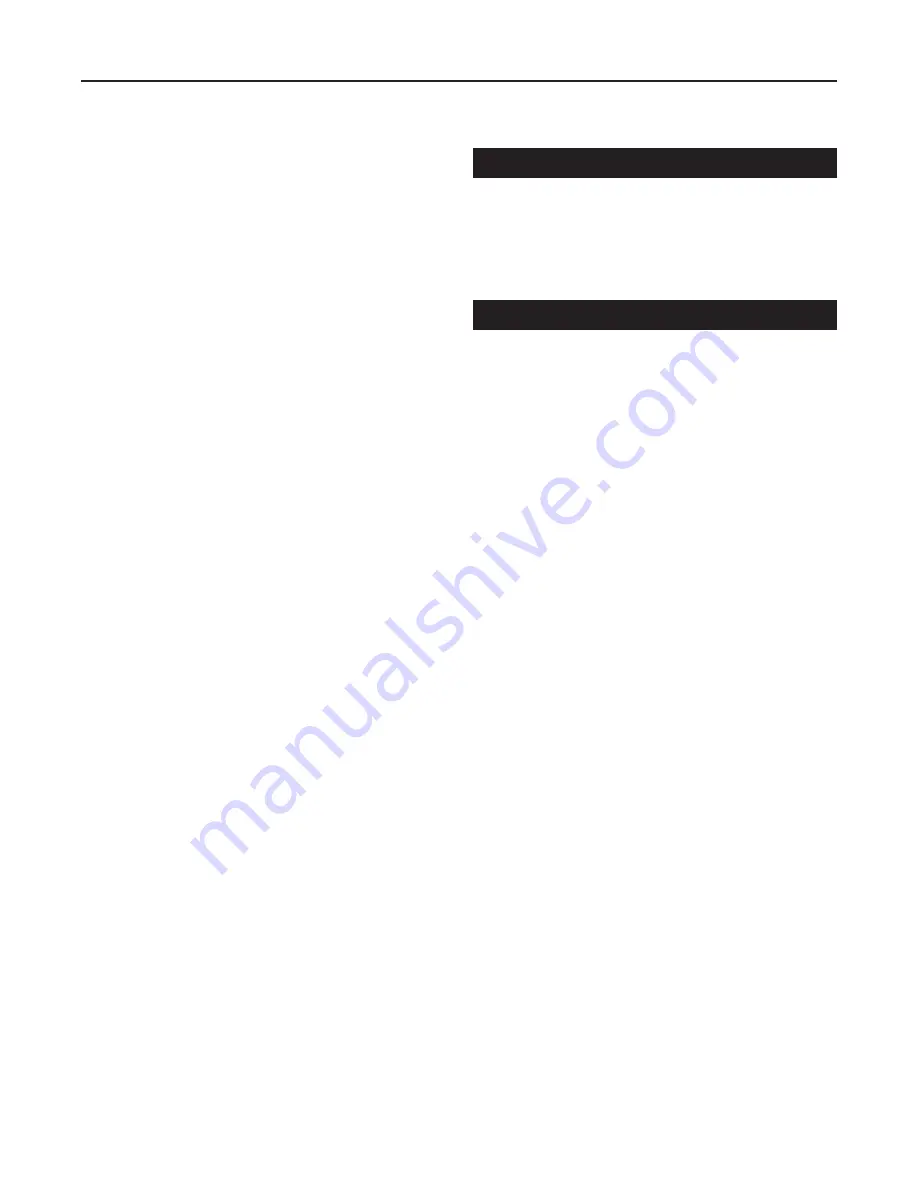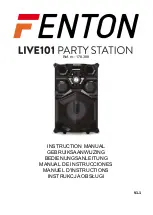
Main Valve
1. Flush the piping system thoroughly to clear it of
welding beads, scale, sand, etc.
2. Mount the main valve with diaphragm chamber
down and arrow on body pointing in the direction
of flow.
3. Mount screwed end valves in unions.
Pilot
1. Mount the pilot on either side of the main
valve by means of 1/4 in. / 6.35 mm nipple and
union provided.
2. Connect the 1/4 in. / 6.35 mm pipe tap at the inlet
side of the main valve as shown in Figure 3.
3. Screw No. 4A bleedport fitting into the 1/8 in. /
3.18 mm pipe tap at the outlet side of the main
valve body. Note that the bleed orifice in this fitting
is vital to operation of regulator.
4. Screw No. 8B tee into 1/8 in. / 3.18 mm pipe tap in
pilot. Select tap facing downstream.
5. Screw No. 5A elbow containing restriction orifice
into 1/8 in. / 3.18 mm pipe tap on the underside
of main valve diaphragm chamber. If the initial
pressure or pressure drop is less than 15 psi /
1.03 bar, use No. 5B open elbow without orifice.
6. Connect tubing bends as illustrated in Figure 3.
Valves with condensation chamber are fitted up
according to Figure 4.
Control Pipe
1. Use 1/4 in. / 6.35 mm pipe for this line which
connects the pilot pressure diaphragm chamber
(Figure 3) to the desired point of pressure control.
Note
On instantaneous heaters with steam in
shell, tap the control pipe into the shell.
Otherwise, enter the delivery steam pipe
at point of entrance to heater.
2. Pitch the control pipe away from the pilot and
avoid water pockets.
Insulation (If Required)
Insulation may be applied to the upper portion (globe
and flanges) of the main valve. Do not insulate the
diaphragm chamber or any part of pilot. See Figure 2.
Start-up and Setting
▲
WARNING
The pilot may be handling hazardous
fluids. Only qualified personnel, who are
familiar with the installation, should be
permitted to install, readjust, inspect or
maintain the pilot.
△
CAUTION
Insulation, may be applied to the pilot
body only. Do not insulate the bonnet.
Best temperature control will result when the delivery
pressure setting is the lowest steam pressure capable
of sustaining the desired temperature at maximum
load. Perform the following adjustments under full load
conditions or as near to such as possible.
1. Close bypass, open 1/4 in. / 6.35 mm control
pipe valve turn up the temperature adjusting
wheel (Figure 2) until 1/2 in. / 12.7 mm of thread
is exposed.
2. Back off pressure adjusting screw to remove all
compression from pressure limit spring.
3. Crack open the outlet stop valve.
4. Crack open the inlet stop valve, blow down
strainer and then slowly open the inlet valve wide.
5. Slowly turn up the pressure adjustment.
6. When steam begins to flow, gradually open the
outlet stop valve.
7. Continue delivery pressure adjustment until heater
output temperature is 5°F / -15°C above required.
If the temperature adjustment made at the
beginning of this procedure limits this operation,
set the adjusting wheel a little higher. Lower the
temperature adjusting wheel until the desired
operating temperature is reached.
8. If the adjustment is made at partial load, the
temperature will sag under heavier loads. When
maximum load occurs, increase the pressure
setting just enough to restore the temperature
to normal.
5
Types T124 and T134






























